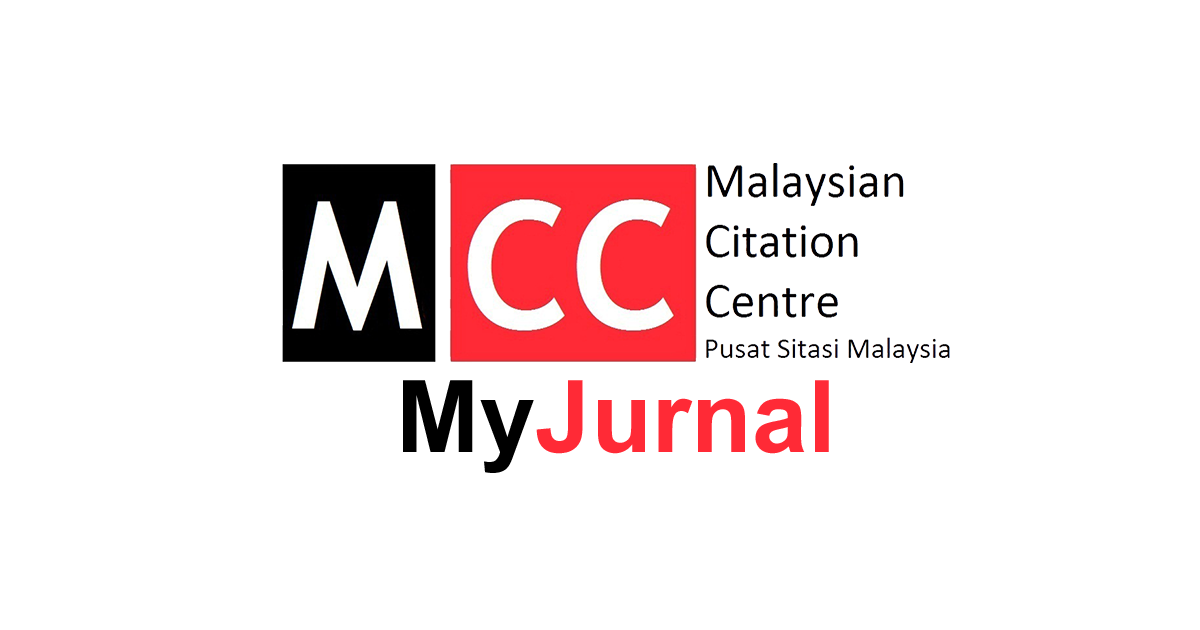THE READINESS OF IMPLEMENTING A ZERO-EMISSION SHIPPING POLICY IN MALAYSIA
Keywords:
Zero-Emission, shipping policy, maritime industry, carbon emissions reduction, content analysisAbstract
The shipping industry's growth in Malaysia has led to a significant increase in ship emissions.
impacting air and marine quality and posing risks to human health, climate, and ecosystems.
To address these environmental challenges, this research paper examines the implementation of
a zero-emission shipping policy in Malaysia. The objectives of this study are to identify the
impact of such a policy on the country's shipping industry and to formulate a comprehensive
framework for the successful implementation of the zero-emission policy. Qualitative
methodology was employed, and interviews were conducted with the Marine Department
Malaysia (MDM) to gather insights and data. Content analysis was applied to analyze the
interview results. This research contributes to addressing the shipping industry's sustainability
challenges in Malaysia by providing insights into the implementation of a zero-emission policy.
References
Alföldy, B., Lööv, J. B., Lagler, F., Mellqvist, J., Berg, N., Beecken, J., Weststrate, H., Duyzer, J.,Bencs, L., Horemans, B., Cavalli, F., Putaud, J. P., Janssens-Maenhout, G., Csordás, A. P., van Grieken, R., Borowiak, A., & Hjorth, J. (2013). Measurements of air pollution emission factors for marine transportation in SECA. Atmospheric Measurement Techniques, 6(7), 1777–1791. https://doi.org/10.5194/amt-6-1777-2013
Allen, M. (2017). The SAGE Encyclopedia of Communication Research Methods. SAGE
Publications, Inc. EBooks. https://doi.org/10.4135/9781483381411
Bueren, E. van (2023, July 20). environmental policy. Encyclopedia Britannica. https://www.britannica.com/topic/environmental-policy
EEXI | Energy Efficiency Existing Ship Index - DNV. (2023). DNV. https://www.dnv.com/maritime/insights/topics/eexi/index.html#:~:text=The%20Energy%20fficiency%20eXisting%20ship
EEXI and CII - ship carbon intensity and rating system. (2022). Imo.org.
https://www.imo.org/en/MediaCentre/HotTopics/Pages/EEXI CIIFAQ.aspx#:~:text=While%20EEXI%20generally%20applies%20to
Elo, S., Kääriäinen, M., Kanste, O., Pölkki, T., Utriainen, K., & Kyngäs, H. (2014). Qualitative
content analysis: A focus on trustworthiness. SAGE Open, 4(1), 1–10. Sagepub.
https://doi.org/10.1177/2158244014522633
Eyring, V., Corbett, J. J., Lee, D. S., & Winebrake, J. J. (n.d.). Brief summary of the impact of ship emissions on atmospheric composition, climate, and human health. Retrieved January 28,2023, from http://www.pa.op.dlr.de/~VeronikaEyring/Eyringetal_IMOBriefSummary_FINAL.pdf
Generate energy from renewable sources. (n.d.). MIDA | Malaysian Investment Development
Authority. Retrieved July 22, 2023, from https://www.mida.gov.my/mida-news/generateenergy-from-renewable-sources/
Gössling, S., Meyer-Habighorst, C., & Humpe, A. (2021). A global review of marine air pollution
policies, their scope and effectiveness. In Ocean and Coastal Management (Vol. 212). Elsevier Ltd. https://doi.org/10.1016/j.ocecoaman.2021.105824
Halton, C. (2021, November 21). What Is the Diffusion of Innovations Theory? Investopedia.
https://www.investopedia.com/terms/d/diffusion-of-innovations-theory.asp
Klimont, Z., Smith, S. J., & Cofala, J. (2013). The last decade of global anthropogenic sulfur
dioxide: 2000-2011 emissions. Environmental Research Letters, 8(1).
https://doi.org/10.1088/1748-9326/8/1/014003
Majid Zain, N. Z. S., & Nubli, U. I. (2022, August 12). The Laws Relating to Zero Emissions in
Malaysia - Azmi & Associates. Azmi & Associates. https://www.azmilaw.com/insights/thelaws-relating-to-zero-emissions inmalaysia/#:~:text=Under%20the%20Paris%20Agreement%2C%20Malaysia,transfer%20and%20capacity%20building%20from
Palinkas, L. A., Horwitz, S. M., Green, C. A., Wisdom, J. P., Duan, N., & Hoagwood, K. (2015).
Purposeful Sampling for Qualitative Data Collection and Analysis in Mixed Method
Implementation Research. Administration and Policy in Mental Health, 42(5), 533–544.
https://doi.org/10.1007/s10488-013-0528-y
Schwartz, H., Gustafsson, M., & Spohr, J. (2020). Emission abatement in shipping – is it possible to reduce carbon dioxide emissions profitably? Journal of Cleaner Production, 254.
https://doi.org/10.1016/j.jclepro.2020.120069
Solakivi, T., Paimander, A., & Ojala, L. (2022). Cost competitiveness of alternative maritime fuels in the new regulatory framework. Transportation Research Part D: Transport and Environment,113. https://doi.org/10.1016/j.trd.2022.103500
UNCTAD. (2021). Review of Maritime Transport 2021. UNCTAD.
https://unctad.org/publication/review-maritime-transport-2021
Yuksel, A. (2021, June 28). Reducing greenhouse gas, sulfur and nitrous oxide emissions in the maritime industry. Cummins Inc. https://www.cummins.com/news/2021/06/28/reducinggreenhouse-gas-sulfur-and-nitrous-oxide-emissions-maritime-industry
Yusof, A. (2022, February 5). Emissions reduction poses greater challenge for shipowners. New Straits Times. https://www.nst.com.my/business/2022/02/768829/emissions-reduction-posesgreater-challenge-shipowner
Downloads
Published
How to Cite
Issue
Section
License
Copyright (c) 2023 Journal of Maritime Logistics

This work is licensed under a Creative Commons Attribution 4.0 International License.




